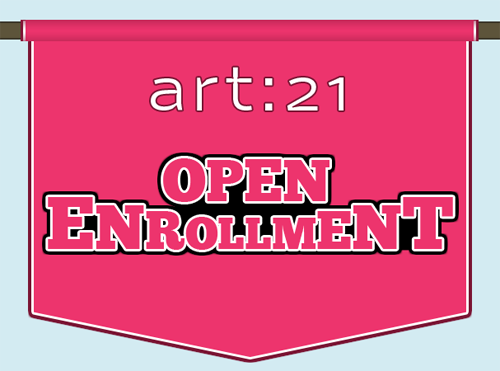
As I struggle with papers at the end of the semester, I feel tempted to bemoan the futility of writing about art. I want to reassure myself that my problems come from the impossibility of my task, not from my scholarly inadequacies. In this rationalizing process, words often serve as a useful scapegoat. “Words get in the way,” as Gloria Estefan so trenchantly put it. We might reason that in matters of love and art alike, language doesn’t suffice.
[youtube:https://www.youtube.com/watch?v=UDvDYvnItVw]
If an early 90s pop ballad doesn’t carry enough gravitas, I could marshal plenty of academic machinery in support of a comparable claim about the insufficiency of language. The incommensurability of words and images, or the structuralist critique of the illusory nature of textual description…these words come all too easily. Deploying them might provide a boost to my intellectual ego at moments when I would otherwise feel helpless at expressing myself, but that defense seems like a cop-out. Plenty of writers whom I admire have done just fine with words, without recourse to qualifications about the impossibility of expression.
At the recent Fictions of Art History conference, organized by Mark Ledbury and Michael Hatt at the Clark Art Institute, a collection of speakers convincingly opened up the poetic possibilities of writing about art. For a full rehearsal of their arguments, we will have to wait for the planned book version of the conference. In the meantime, I thought I would highlight one moment that particularly caught my attention.
In the question and answer session, AIexander Nemerov noted how Helen Keller has shaped and affirmed his relationship to language. To paraphrase Nemerov imperfectly, the theoretical discourses that question the mediating function of words can make us forget the access language provides to the world around us. For a reminder of this capacity of words, one only needs to read Keller’s famous account of her experience at the well-house, where she learned not only the meaning of “w-a-t-e-r,” but also the function of language. For Keller, words provided a connection to the world that we often take for granted.
Nemerov’s comment prompted me to revisit Keller’s memoir. Re-reading the story surrounding the water pump, I paid particular attention to the preceding and following scenes. Just before visiting the well-house, Keller tosses a porcelain doll to the floor, shattering it to pieces. She gives little thought to what she destroys. After coming back from the water pump, she returns to the ceramic fragments of the doll, this time with a dramatically different relationship to them:
…every object which I touched seemed to quiver with life. That was because I saw everything with the strange, new sight that had come to me. On entering the door I remembered the doll I had broken. I felt my way to the hearth and picked up the pieces. I tried vainly to put them together. Then my eyes filled with tears; for I realized what I had done, and for the first time I felt repentance and sorrow.
In Keller’s story, words make inanimate matter come to life. They provide a “strange, new sight” that animates everything that was previously dead to her. A doll, a representation of another being, takes on a new value. It develops a vitality that Keller discovers, sadly, only after having destroyed it. This anecdote, whether truthful or constructed, captures the powerful possibilities of words. Keller’s narrative dramatizes the potential immediacy and occult power of linguistic description. That possibility, the chance of animating the inanimate and revealing the life of an object, provides a provocative model for speaking about art. Of course, it helps that Keller’s story is so beautifully written…



